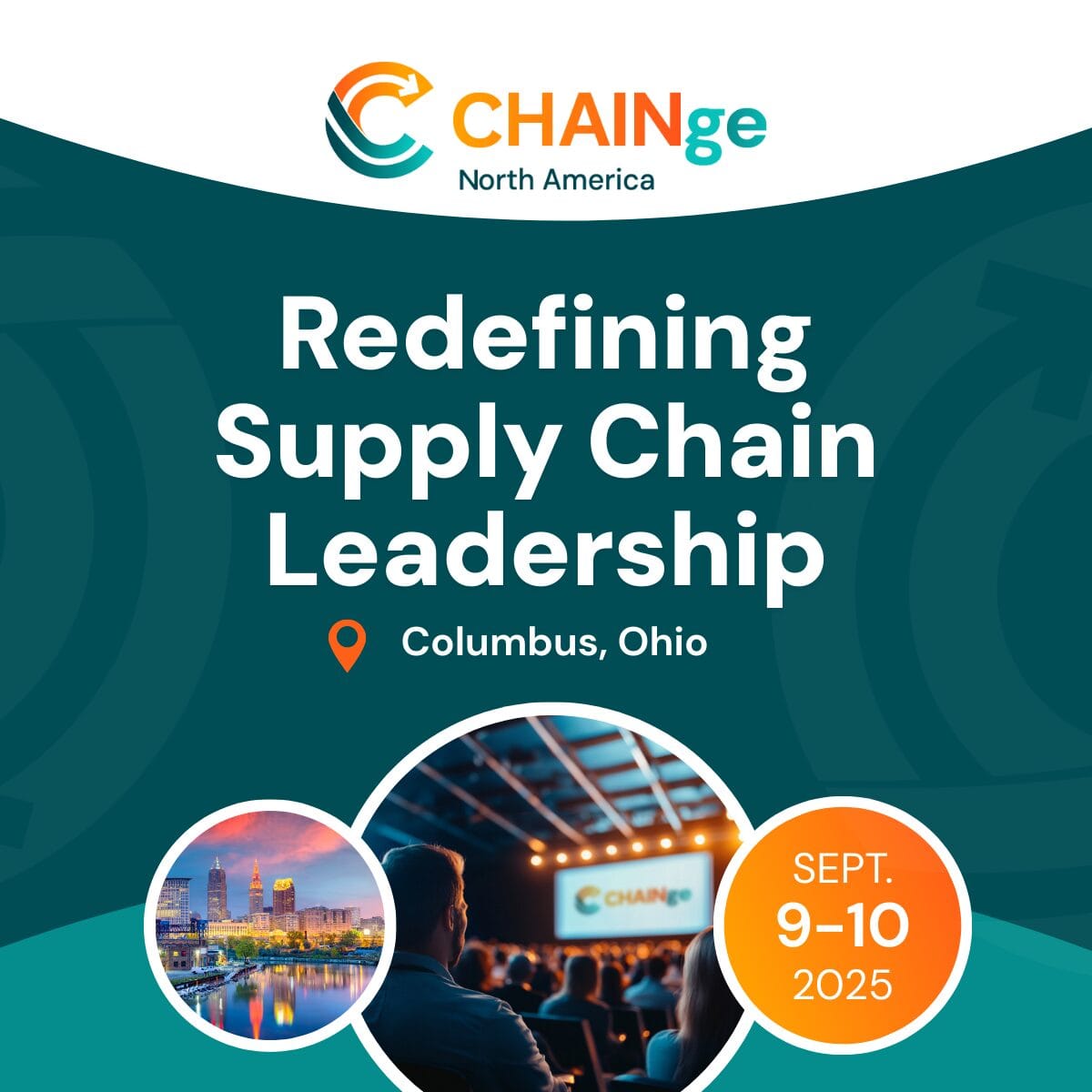As a major route within the global supply chain, the Red Sea typically sees about 30% of global container traffic and 12% of global trade. In November 2023, however, that changed when the Houthis took over a shipping vessel there in response to increased political tension worldwide.
The attack resulted in major disruptions for the supply chain, which included heightened risks for and rerouting of ships around South Africa’s Cape of Good Hope. As a result, companies are dealing with longer delivery times – between two to three weeks – and significantly increased costs.
For example, in August 2023, transit time between Asia to Europe averaged 32.4 days. By January, it jumped to 42.7; by May it was 48.1. Transit time from Asia to the US’ east coast in August 2023 was 33 days. In January, it reached 38.1, and in May, 40.2.
Further, freight charges for 20-foot containers traveling from Asia to Europe in August 2023 averaged about $1,235. By May 2024, rates skyrocketed to $3,713. For containers traveling from Asia to North America, costs in August 2023 were about $2,777. In May 2024, it reached $5,121.
What businesses can do to prepare
In an effort to mitigate the risks of ongoing geopolitical issues, supply chain professionals can be proactive in increasing the visibility of their supply chain across regions to secure insights into the reasons for shipment delays. There are a number of components to optimizing their supply chain: real time visibility, predictive insights and automated alerts, notifications and support.
Real time visibility
Real-time tracking and visibility across a business’ entire supply chain helps them to monitor shipments, anticipate disruptions and make informed decisions in a timely manner.
For example, by implementing a real-time visibility solution, Essentra plc, a global manufacturer of essential components operating across 25 countries with 12 manufacturing facilities and 23 sales and distribution centers, streamlined cross border logistics operations. They were able to effectively monitor supply chain exceptions to proactively manage delays, amounting to 30% of total shipments. Essentra also reported a boost in end-customer satisfaction, attributed to better visibility and minimized manual intervention across the supply chain.
Predictive insights
In addition to proactively managing risks with predictive insights, businesses can maintain seamless production lines, optimize stock planning and secure data that can be used to reroute their ships in response to potential shipping disruptions.
For example, one textile industry leader lost $2.5 million per week as a result of the Houthi attack. Further, their transit times increased from 15 days to 25, sending production of raw materials to a halt.
Leveraging predictive insights with an automated identification system enabled the company increased visibility into its shipment delays and to proactively revamp production schedules to meet the system’s ETA calculations.
Automated alerts, notifications and support
Automated alerts enable supply chain professionals to get ahead of potential delays, changes to ETAs and more.
For example, one company saw significant delays in delivering finished goods to its Europe- and US-based customers due the Red Sea crisis.
However, automated alerts and notifications provided accurate visibility into shipment ETAs and other critical updates, ensuring prompt communication with those customers. This ultimately streamlined production planning, mitigated the impact of delays, improved satisfaction and enhanced overall trust and confidence in the company.
Preparing for disruptions to the global supply chain
Predictive insights enable businesses to mitigate losses and streamline operations by accurately calculating safety stock and efficiently planning production.
Shipping delays
By utilizing predictive insights, businesses can better plan their production schedules, streamline operations and alleviate losses. These insights can identify issues along shipping routes; enable companies to reroute shipments; improve their planning for goods; maintain seamless production; and keep their customers happy.
Rising costs
With costs increasing by up to 25 percent, businesses are experiencing significant financial losses. However, with real-time visibility tools, they can track shipments across their supply chain in real-time, enabling them to make timely, informed decisions that ultimately offset those costs.
Inventory issues
With delays disrupting production schedules, inventory issues have become inevitable. But predictive analytics offer production planning insights, enabling businesses to more effectively minimize disruptions.
Bottom line
Global conflicts are on the rise and cause major disruptions to international businesses. However, for those navigating the seas, the right mix of technology tools can help them stay ahead of the game, mitigate risks and keep their customers happy. After all, it’s no longer business as usual.
Author Bio
Gautam Prem Jain is CEO at GoComet, an AI-powered supply chain visibility platform that helps large enterprises transform their supply chain operations.
Blog header Image by Jakob Owens on Unsplash






